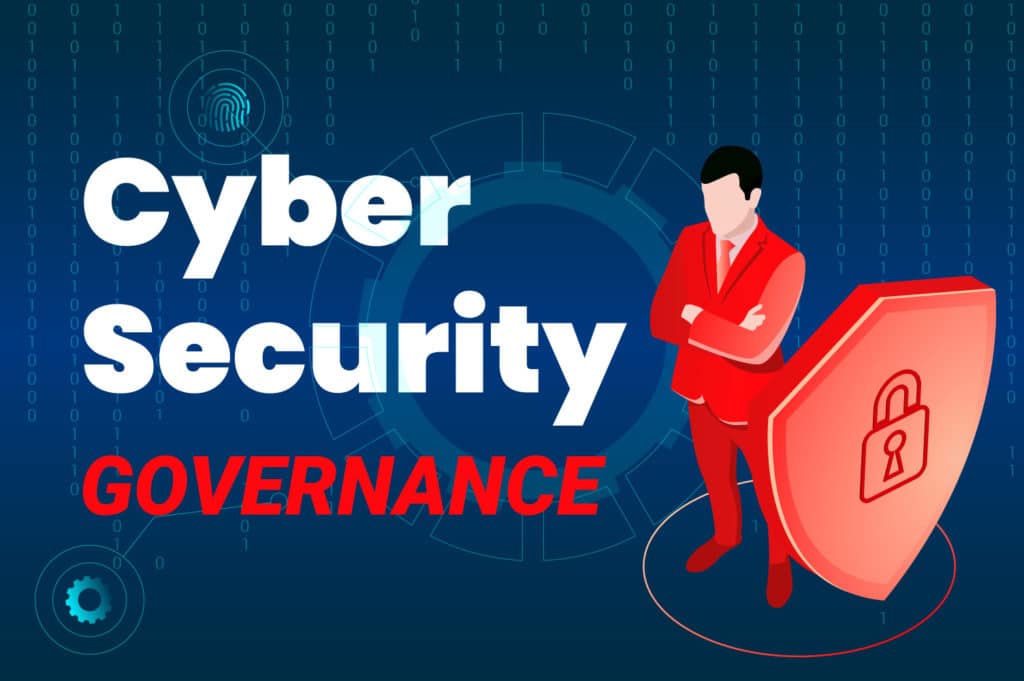Managing Cyber Threats through Effective Governance

Cybersecurity governance is the mechanism by which cybersecurity risk decisions are taken and efficient systems are designed to handle the risk to a degree appropriate to the governor and legislature.
Threats to cybersecurity are an organisational challenge that is ever-present, on par with economic, legal, operational, financial, and pandemic threats. They are impacting organizations more and more. Managing these risks, and the challenges they derive from must be part of the overall risk management portfolio of an organization.
Governance of cybersecurity is the mechanism through which cybersecurity risk decisions are produced. Effective cybersecurity governance offers the required and sufficient mix of control and influence for an organization and includes frameworks for risk reduction and response.
Why IT Governance is important
IT Governance ‘s primary objectives are to ensure that IT investments produce market value, and to mitigate the risks associated with IT within the organization. This can be accomplished by the introduction of an organisational framework with well-defined responsibilities for information , business processes, applications and technology accountability.
To ensure that the IT function is able to maintain the policies and goals of the company, organisations and companies need a structure or system. The larger and more governed the company, the more precise the framework of IT governance should be, in general.
5 important IT Governance areas are:

- Protection of critical assets
- Organization’s market share
- Employees Management
- The reputation of the organization
- Maintaining Compliance Standards
4 Action Steps for Effective Governance
Ensure that cybersecurity governance has the elements required to efficiently handle its hazards when creating cybersecurity governance. Unique units with both the responsibility for cybersecurity and the authority to exercise those responsibilities must be appointed by the governance structure. These 4 actions steps are essentials for any organization to establish cybersecurity governance
Information Security Governance Best Practices
- Activities related to information security should be regulated on the basis of applicable standards, including legislation, regulations, and organisational policies.
- Priorities in the area of information security should be conveyed to employees of all levels within an enterprise to ensure that an information security programme is effectively implemented.
- Information security practices, including strategic planning, capital planning, and business architecture, must be incorporated into the enterprise’s other management activities.
- Information security administrators, using the resources and information available, should constantly track the performance of the security programme with continuous assessment and testing.
- Information discovered through testing and monitoring should be used as an input into management decisions to affect the improvement of security posture and the overall performance of the organization.
Cybersecurity governance must be flexible once developed, enabling cybersecurity systems to adapt as new threats arise that require changes in risk management strategies.






